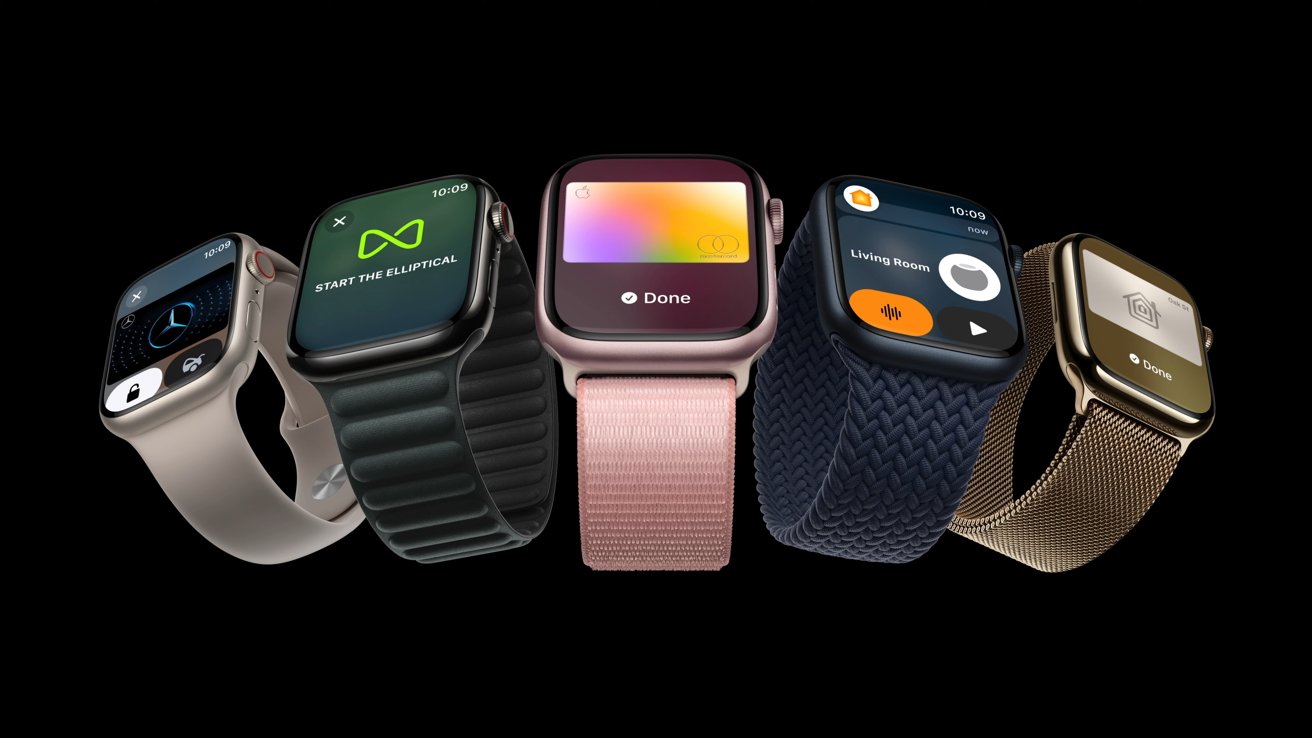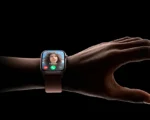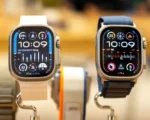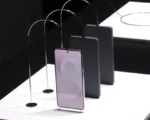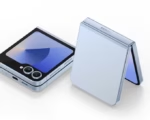In response to an impending patent dispute-related ban, Apple has ceased the online sales of its Apple Watch Series 9 and Ultra 2 models in the United States. Additionally, the company has made the decision to discontinue repair services for out-of-warranty watch models, potentially causing inconvenience for consumers seeking assistance with their devices. This move signals a proactive step from Apple amidst the looming ban, which could impact its ability to sell and service these specific watch models.
The newest Apple Watch models were no longer available for purchase from the company’s website as of about 3pm Thursday in New York. The company previously said it would end sales at its about 270 physical retail stores in the US on December 24. Online purchasing in the US was stopped earlier than in-store sales so that watches could be sent to consumers before a ban scheduled for December 25 goes into effect. Sales will continue at Apple’s international online and in-person stores.
Apple posted a message on the website saying it “no longer sells Apple Watch units in the United States with the ability to measure blood oxygen.” Apple Watch SE models without that feature are still on sale.
The sales ban was imposed by the US International Trade Commission, which ruled that Apple violated two health-technology patents related to blood oxygen sensing held by Irvine, California-based Masimo.
Separately, Apple’s customer service teams were informed in a memo that the company will no longer replace out-of-warranty models going back to Apple Watch Series 6. That means if a customer has a broken screen, for instance, they won’t be able to get the issue fixed by Apple. The company will still offer help that can be done via software, such as reinstalling the operating system.
Company representatives were told to tell affected customers that they will be contacted when hardware replacements are allowed again. Generally before the ban, Apple was unable to fix most of the hardware issues with the smartwatch and, instead, replaced those units.
The decision to stop watch replacements affects most new Apple Watches sold since 2020, including the Series 6, 7, 8 and Ultra, in addition to the current 9 and Ultra 2. All of those models include the blood oxygen feature the commission ruled were covered by the patents.
Customers who purchase watches before December 25 — the day the ban comes into place in the US — and models that are still under warranty aren’t affected by the replacement prohibition. The included warranty for the device is typically one year, while users can pay for AppleCare to extend the time period.


